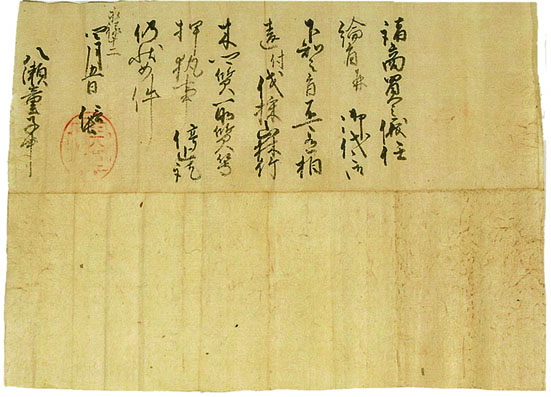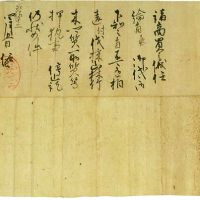In ancient Japan, the term Yase Doji referred to the people who lived in the Yase district of Kyoto and worked for the area's Enryaku temple. Despite their plebeian status, Yase Doji were prosperous and maintained strong connections with those in power, including emperors, aristocrats and shogun. After the Meiji Era, they were even entrusted by the government to be the imperial koshi (palanquin) bearers.
In 2010, some historical records that detailed the development of Yase Doji were designated as Important Cultural Properties, prompting this exhibition of 70 of the most important related documents; Dec. 15-Jan. 14.
The Museum of Kyoto; (075) 222-0888; Sanjo-Takakura, Nakagyo-ku, Kyoto; Karasuma-Oike Station, Karasuma Line. 10:00 a.m.-7:30 p.m. ¥500. Closed Mon. (except Dec. 24, Jan. 14), Dec. 25, Dec. 28-Jan. 3. www.bunpaku.or.jp/exhi_yase.html




















With your current subscription plan you can comment on stories. However, before writing your first comment, please create a display name in the Profile section of your subscriber account page.